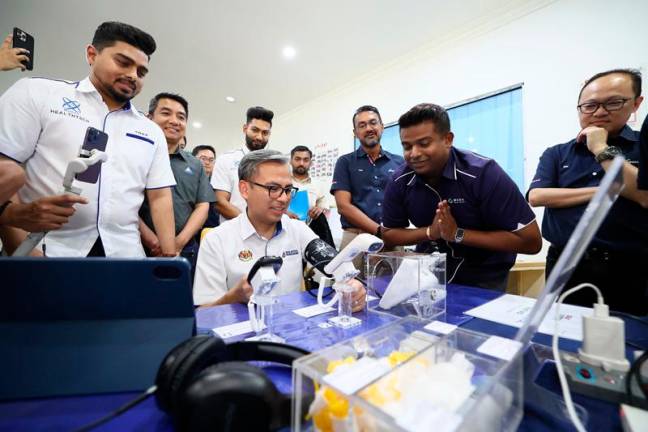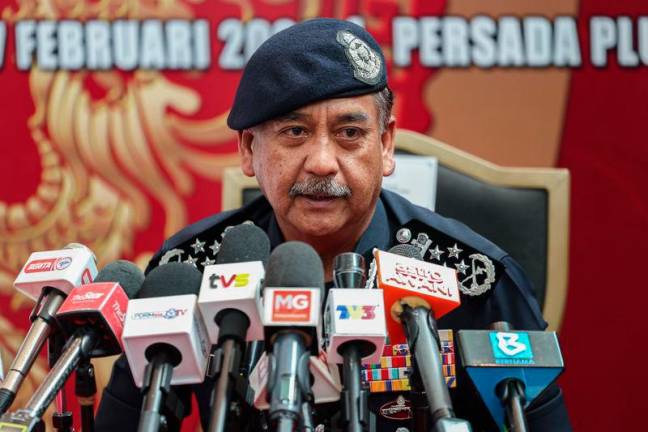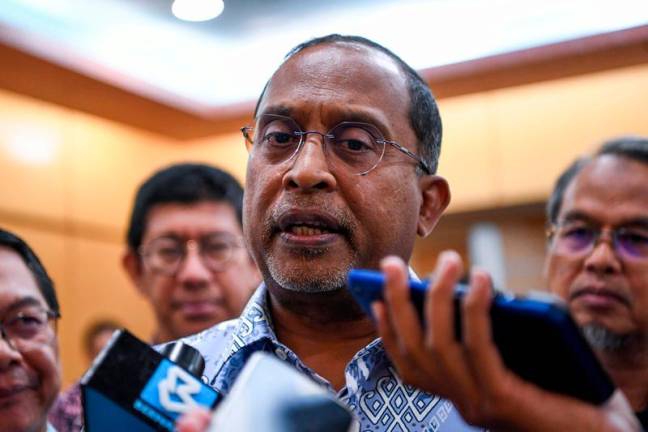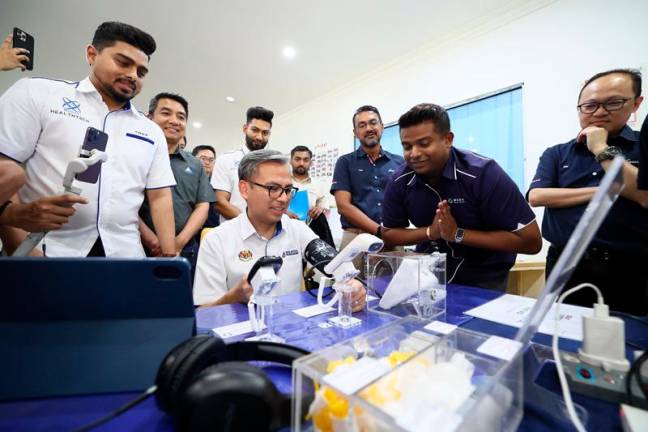THE murder of cosmetics millionaire Datuk Sosilawati Lawiya (pix) and three others will probably go down in history as an abominable crime that can only be described as diabolical.
What was initially meant to be a discussion to resolve a troubled business deal ended with four people dead and gone without a trace.
Sosilawati, 47, her lawyer, Ahmad Kamil Abdul Karim, 32, her driver, Kamaruddin Shamsuddin, 44, and bank officer Noorhisham Mohamad, 38, never saw the unimaginable and sinister plot coming.
After all, the main perpetrator they were going to meet was neither a thug nor a convicted criminal. He was a lawyer.
On Aug 30, 2010, the businesswoman, Ahmad Kamil, Kamaruddin and Noorhisham had left Kuala Lumpur for Banting to meet lawyer N. Pathmanabhan, 51, at his office.
It was to discuss a multi-million ringgit land deal between Sosilawati and Pathmanabhan.
While in Banting, Sosilawati, who was the former wife of popular rock singer Nashrudin Elias better known as Nash, had made a call to her daughter and it was the last time her family heard from her.
When she and the other three victims did not return home that day, a missing persons report was lodged.
As their families frantically looked for them over the days, a week later police found the cars of Sosilawati and Ahmad Kamil parked at an apartment and a five-star hotel about two kilometres apart in Subang Jaya.
In the coming days, several workers employed by Pathmanabhan at his nearby farm in Tanjung Sepat were arrested by investigators.
Upon interrogating the farmhands Pathmanabhan and his younger brother, also a lawyer, were held.
It was the beginning of an arduous task for police investigators to uncover what they would later discover was one of the most horrific multiple murder cases they have handled.
Investigators learned how Sosilawati and the three men were taken to Pathmanabhan’s farm and were ordered to be killed.
The lawyer’s farmhands had battered the victims to a pulp, placed their bodies on a makeshift pyre and burned it down to ashes.
The ashes of the victims and several of their belongings including their cellphones and luxury watches were then dumped into a nearby river and other nearby locations.
Police frogmen recovered hundreds of samples of human remains from the river.
A month later, Pathmanabhan and farm hands T. Thilaiyagan, 20, R. Matan, 21 and R. Khatavarayan, 31, were charged in court for the killings.
Two other workers, who admitted to aiding them, were charged with disposing evidence and were sentenced to seven years in prison, but the punishment was overturned by the Shah Alam High Court four months later and enhanced to 20 years.
In May 2013, Pathmanabhan, Thilaiyagan, Matan and Khatavarayan were sentenced to death by the Shah Alam High Court.
The Federal Court upheld the conviction in March, 2017, but freed Matan after finding insufficient evidence linking him to the killings.
The case was only the second of its kind whereby it was tried without the recovery of a body and on circumstantial evidence.
In tandem with Sosilawati’s case, police also probed Pathmanabhan over the disappearance of several other people who had dealings with him, including an Indian and a local businessmen, both in their 30s, and a housewife in her 40s.










